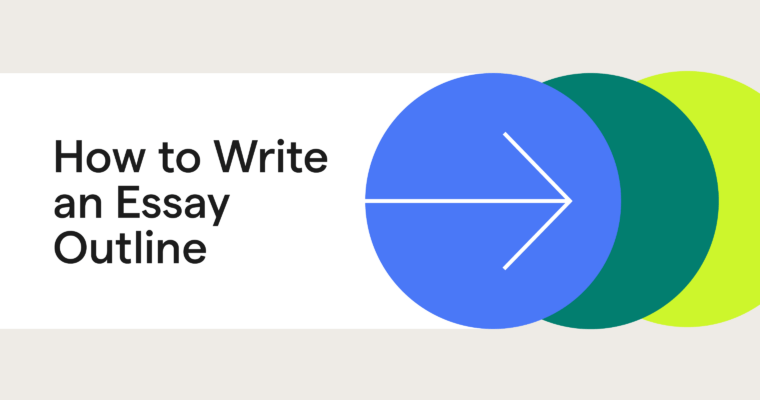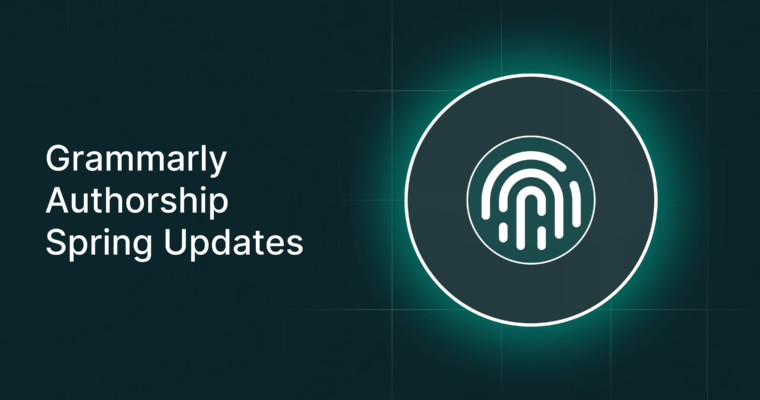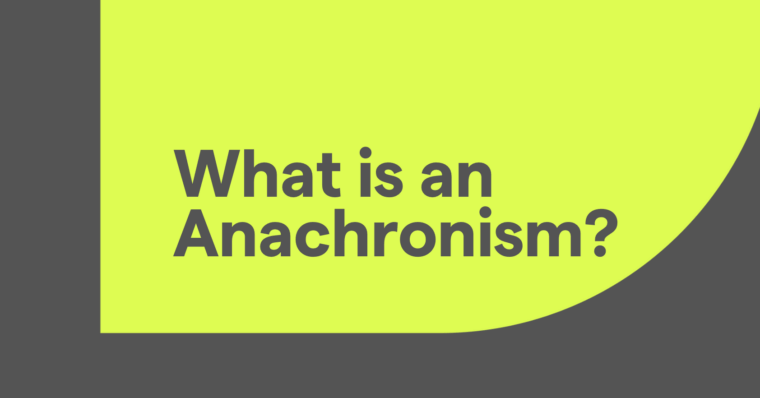
- An essay outline helps organize your thesis, supporting points, and evidence into a clear, logical structure before drafting.
- Creating an essay outline clarifies your thinking, improves organization, and reduces the need for significant revisions later.
- Every essay outline should include the basic parts of an essay: introduction, body, and conclusion.
- The five-step outlining process includes defining your objective, prioritizing points, planning structure, formatting, and revising.
- Outline structure and content should adapt to the type of essay you’re writing—whether argumentative, personal, persuasive, or admissions.
Outlining is a key step in the writing process that helps you organize your notes, ideas, and thesis into a clear structure, typically using bulleted or numbered lists. A strong outline acts as a roadmap for your essay, simplifying complex topics by breaking them into main points and subpoints.
Whether you’re writing a personal story, a persuasive essay, or an academic analysis, outlining helps you stay focused, build logical flow, and spot any gaps before drafting. In this guide, we’ll show you how to write an outline in five simple steps, with examples tailored to different types of essays.
Table of contents
- What is an essay outline?
- Parts of an essay to include in your outline
- 5 steps for writing an essay outline
- Sample essay outlines
- Essay outline FAQs
What is an essay outline?
An essay outline is a planning tool that organizes your main idea and supporting points into a clear, logical structure. Typically written as a bulleted or numbered list, it helps you stay focused and create a smooth transition between paragraphs.
Outlining is an essential early step that turns your brainstorming into a roadmap for writing. It keeps you on track and helps clarify how best to present your ideas. If you get stuck, your outline can guide you back to your core structure.
Many instructors require students to submit outlines first to ensure their essay topic is appropriate and the student understands how to outline effectively. Different types of outlines can be used depending on your needs—from basic lists to detailed, formal structures.
Parts of an essay to include in your outline
While every essay is different, most follow the same core structure: an introduction, body paragraphs, and a conclusion. These three sections form the foundation of your essay, and your essay outline should reflect them.
Understanding these basic parts is essential when outlining, as they become the main sections of your outline. Whether creating a formal structure or jotting down a quick plan, every outline should follow this basic format to guide your writing process.
Introduction
The first section of your essay is called the introduction. This is where you introduce your topic, give any necessary background, and end the paragraph with your thesis statement—a concise summary of the point or argument your essay will make.
In your essay outline, the introduction sets up the structure for the rest of your work. A strong introduction should quickly hook your reader’s interest and clearly communicate what to expect in the paragraphs ahead.
Body paragraphs
The body of your essay is where you develop and support your main ideas. Most essays include at least three body paragraphs, but the exact number depends on your topic, the depth of your argument, and the expectations for the assignment.
A common rule is to include one body paragraph per supporting point or source. However, the structure can vary depending on the type of essay. For example, in a compare-and-contrast essay, each paragraph might focus on a specific comparison. In an analytical essay, each paragraph typically explores a different aspect of your analysis.
When outlining, list each body paragraph’s main idea and the evidence or examples you plan to use. This keeps your content organized and ensures every paragraph works to support your thesis.
Conclusion
The conclusion is your opportunity to reinforce your thesis and bring your essay to a thoughtful close. In your essay outline, this section should briefly list the key points you plan to revisit, helping ensure your final paragraph wraps up your argument clearly and logically.
Use the conclusion to summarize your main ideas and highlight the significance of your argument. If appropriate, you can include a final insight or call to action to leave a lasting impression on the reader.
5 steps for writing an essay outline
A strong essay outline helps turn your brainstormed ideas into a clear writing plan. Follow these steps to build a roadmap for the rest of the writing process.
1. Define your objective
Start by clarifying your main idea or thesis statement. Even if you don’t have the exact wording yet, you should know the central point you want to make.
This step lays the foundation for everything that follows. Review your brainstorming notes and highlight the most relevant ideas that support your goal.
2. Organize and prioritize your points
Filter through your notes and select the strongest points that support your thesis. For each idea, ask: Does this help prove my point? If it does, keep it. If not, set it aside. This step breaks complex material into manageable parts.
3. Plan your structure
Group related ideas and determine a logical order for presenting them. Focus on creating a flow where each point naturally leads to the next, building a coherent and persuasive argument. Strong transitions between sections will guide your reader and strengthen the overall impact of your essay.
4. Draft your outline
With your key ideas arranged, begin writing your outline using a format that matches the type of essay you’re writing—whether it’s analytical, persuasive, or personal. Use headings and subpoints to organize your content into a clear, visual roadmap.
5. Review and revise your outline
Before you start drafting, take time to check the flow and clarity of your outline. Do the sections connect logically? Are any points redundant or unclear? You may need to move, expand, or remove sections to improve the structure. Remember, your outline is a flexible tool meant to evolve with your ideas.
Sample essay outlines
While most outlines follow the same general structure—introduction, body, and conclusion—the content and organization vary depending on the type of essay you’re writing. A good essay outline adapts to the purpose of the assignment, helping you stay focused and present your points in a clear, logical flow.
Below are example outlines for four common essay types. Each one shows how to use an outline to guide your writing process while aligning with your thesis and main goals.
Argumentative essay outline example
Argumentative essays present a clear stance on an issue and use evidence to support that position. Outlining helps organize your claims, evidence, and counterarguments into a logical flow. The classical (Aristotelian) format works particularly well for straightforward arguments where you present your case, then refute the opposition.
Title: Italian Ice Is a Superior Dessert to Ice Cream
- Introduction
- Introduce the popularity and basic differences between Italian ice and ice cream.
- Thesis statement: Italian ice is a healthier, more refreshing, and more environmentally friendly dessert than ice cream.
- Body paragraph 1 – Health benefits
- Italian ice is lower in calories.
- Fits within daily caloric goals for most consumers
- Body paragraph 2 – Dietary accessibility
- Italian ice is vegan and dairy free.
- Appeals to both vegans and those with dietary restrictions
- Discuss the broader benefits of plant-based products.
- Body paragraph 3 – Refreshing qualities
- Lack of dairy makes it more refreshing, especially in the heat.
- Share anecdotal or sensory examples.
- Opposing viewpoint
- Ice cream is creamier and more indulgent.
- Widely considered a classic dessert
- Creaminess comes at a caloric and environmental cost; Italian ice provides a guilt-free and inclusive alternative.
- Conclusion
- Summarize key points (fewer calories, vegan friendly, more refreshing)
- Reinforce thesis: Italian ice is the better all-around dessert option.
Admissions essay outline example
An admissions essay is your chance to show personality, motivation, and fit for a school or program. Outlining ensures your story stays focused and meaningful, helping you connect your personal experiences to broader academic or professional goals without losing your thread.
Title: Arigato, Sato Sensei
- Introduction
- I introduce my high school Japanese teacher and her lasting impact on me.
- Thesis statement: Studying Japanese changed how I view myself, my community, and my future.
- Body paragraph 1 – Overcoming academic challenge
- Japanese was difficult, and I struggled early on.
- I wanted to quit, but Sato Sensei pushed me to keep going.
- Body paragraph 2 – Discovering culture through language
- Learning the language helped me see the world differently.
- I gained a deeper understanding of cultural values and communication.
- Body paragraph 3 – Real-world growth
- I applied these lessons during my summer in Japan.
- My experiences there gave me confidence and clarity about my goals.
- Conclusion
- My journey with Japanese prepared me to succeed as an international business major.
- I reflect on how this perspective will continue to shape my academic path.
Persuasive essay outline example
Persuasive essays aim to convince readers to agree with a viewpoint or take action. An outline helps build momentum, balance emotion with evidence, and ensure a logical flow of arguments.
Title: We Need More Security Cameras in the Student Parking Deck
- Introduction
- Introduce the issue of frequent vehicle break-ins on campus.
- Thesis statement: Campus security in the parking deck is insufficient and needs to be improved.
- Body paragraph 1 – Frequency and impact of break-ins
- Cite statistics about break-ins and the costs to students.
- Body paragraph 2 – Emotional and community impact
- Share anecdotes or quotes from affected students.
- Emphasize how safety concerns affect student well-being.
- Body paragraph 3 – Cost vs. benefit
- Provide cost estimates for new cameras.
- Reference examples from other campuses that saw reduced incidents.
- Conclusion
- Reiterate the importance of safety.
- Emphasize how new cameras would improve security for the campus community.
Personal essay outline example
Personal essays explore meaningful life experiences and reflect on how they’ve influenced the author’s personal growth or identity. A clear outline helps you stay focused on the central message while telling an engaging story.
Title: The Two Best Birthdays of My Life
- Introduction
- I describe my general feelings about birthdays and their importance to me.
- Thesis statement: My 17th and 22nd birthdays stand out as especially meaningful.
- Body paragraph 1 – My 17th birthday
- I got my driver’s license and went to my first concert with friends.
- I still have the ticket and wristband—it was a milestone moment.
- Body paragraph 2 – My 22nd birthday
- I thought everyone had forgotten my birthday.
- My siblings surprised me with a road trip to see an art exhibit I’d been dreaming about going to.
- Conclusion
- These birthdays were memorable not just for what happened, but for the emotions they brought.
- I reflect on how these moments reminded me of the people who matter most.
Essay outline FAQs
Why do writers use essay outlines?
Writers use outlines to plan their ideas and structure their essays before drafting. An outline acts as a roadmap, helping to organize thoughts, clarify arguments, and ensure each paragraph supports the main point.
What are the benefits of writing an essay outline?
Outlining your essay makes the writing process smoother and more efficient by helping you:
- Stay organized: Arrange your ideas logically before you begin writing.
- Improve clarity and flow: Ensure your points build naturally from one to the next.
- Spot gaps early: Identify missing evidence or weak sections before drafting.
- Save time: Reduce time spent restructuring or rewriting later.
- Stay focused: Avoid going off-topic or including irrelevant information.
Need help getting started? Grammarly’s AI outline generator can turn your essay ideas into a structured plan.
What are the main parts of an essay to include in my outline?
Most outlines include three core sections:
- Introduction: Sets the context and includes your thesis statement
- Body paragraphs: Support your thesis with evidence or analysis
- Conclusion: Reinforces your main points and provides closure
When should I create an outline in the writing process?
Outlining typically comes after brainstorming and before writing your first draft. It’s the step where you organize your thoughts and research into a structure you can build your essay around.
Are there different types of outlines for essays?
Yes—outlines can range from informal lists of bullet points to detailed formal structures. Some writers prefer alphanumeric outlines, while others may use sentence or decimal formats depending on the complexity and type of essay they’re writing.






